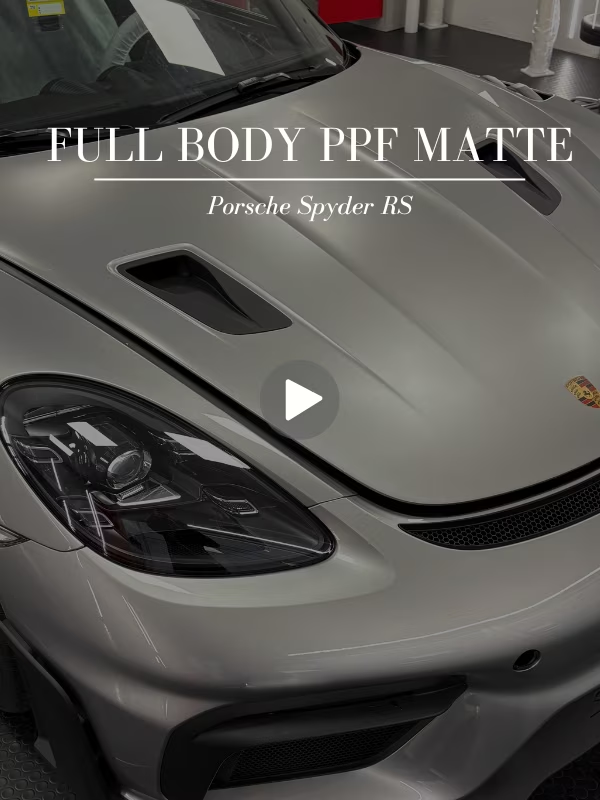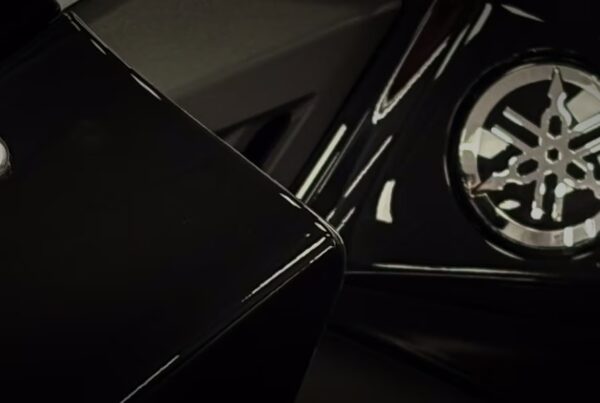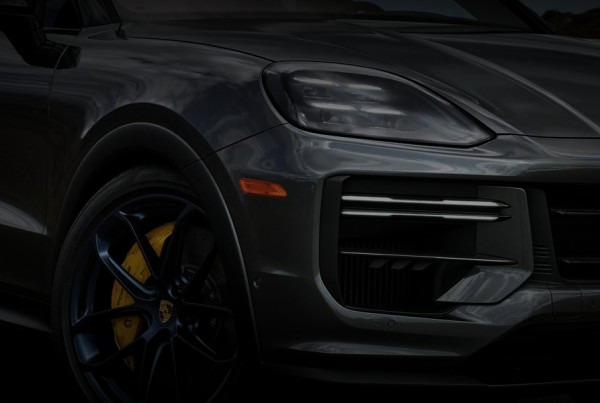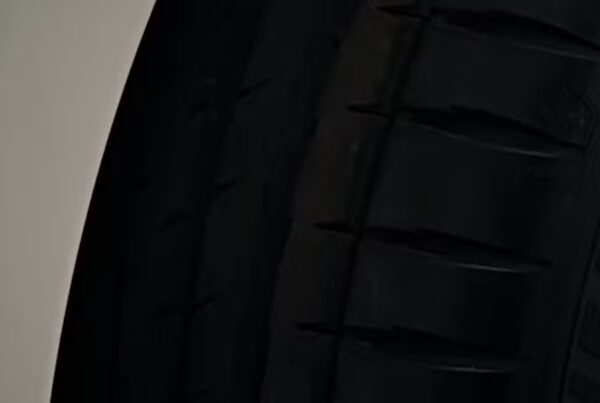- Advantages of Car Paint Protection Films
- Matte Paint Protection Films: Porsche Spyder RS
- Types of Paint Protection Films: Wrapping vs. PPF
- The Application Process of Matte PPF on Porsche Spyder RS
- Maintenance of Car Paint Protection Films
- Glossy vs. Matte Car Paint Protection Films: A Comparison
- How Much Does a PPF Installation Cost?
- Conclusions: PPF Is a Worthwhile Investment
Paint protection films have become increasingly popular in recent years due to their ability to safeguard a vehicle’s original paintwork from various types of damage. This type of film, known as PPF (Paint Protection Film), is applied to the vehicle’s body to create a resistant barrier against scratches, stone chips, and other elements that may compromise the car’s visual appeal. PPF comes in different finishes, the most common being transparent and matte. When transparent film is applied to glossy paint and matte film to matte paint, PPF enhances the original color of the bodywork. However, if you own a glossy car and want to turn it matte without changing the color, a matte film can be applied—and vice versa, from matte to glossy.
This was the case with this stunning glossy grey Porsche Spyder RS: the owner wanted to transform it into a matte finish, creating the perfect combo with the matte blue wheels and accents.
The advantage of PPF over regular wrapping lies in the material: thermoplastic polyurethane, known for its durability and flexibility. These materials not only change the look of the vehicle but are designed to resist harsh weather, UV rays, chemicals, scratches, chips, and road contaminants like sand and debris. Plus, thanks to its self-healing properties, small scratches on the film can disappear over time, keeping the car looking flawless.
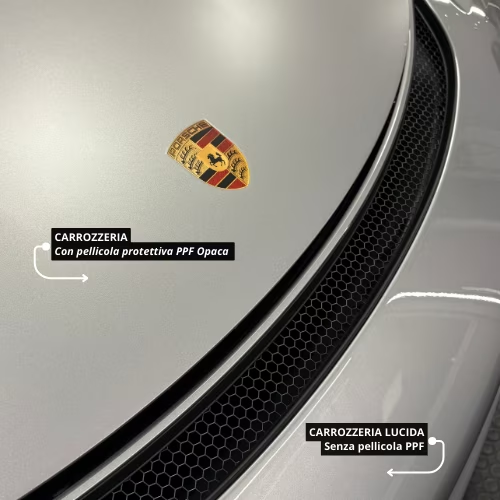
Advantages of Car Paint Protection Films
The use of PPF provides numerous benefits, the most important being its protective function. Our films are designed to fully shield surfaces from:
- scratches
- stone chips
- chemical substances
- organic and inorganic acids
- pollutants
- UV rays
Another major benefit is the preservation of vehicle value. Cars with damaged or faded paint tend to lose value more quickly than those that maintain their original flawless finish. Applying PPF is therefore a smart investment for anyone looking to maintain or increase their vehicle’s resale value.
A further advantage is ease of maintenance. PPF is highly hydrophobic, making cleaning much easier and less frequent.
Lastly, PPF offers unmatched aesthetic customization. Available in a variety of finishes—including gloss, matte, colored (over 200 colors available), carbon effect—PPF allows car owners to personalize the look of their vehicle without sacrificing the amazing protective features of PPF. This personalization is particularly appreciated by car enthusiasts looking to stand out with a unique and distinctive look.
Matte Paint Protection Films: Porsche Spyder RS
The owner of this incredible glossy grey Porsche Spyder RS decided to give it a completely distinctive look without compromising the protection benefits of PPF.
Beyond aesthetics, a matte finish has another practical benefit. Matte surfaces are less prone to showing fingerprints and dirt compared to glossy ones. This means your Porsche Spyder RS will stay cleaner for longer, reducing the need for frequent washes and upkeep. Also, the matte texture can better hide minor scratches and imperfections, keeping the vehicle looking pristine.
In this particular case, the matte film pairs perfectly with the stunning matte blue wheels, giving this beauty a more aggressive and exclusive appearance.
The Process of Applying Matte Paint Protection Film (PPF) to a Porsche Spyder RS
Applying a protective film to your Porsche Spyder RS is a process that requires precision, attention to detail, and the expertise of skilled professionals. The first phase involves vehicle preparation, which includes thorough cleaning and decontamination to remove any impurities, dust, or residues that could affect the film’s adhesion. It’s essential that the surface is smooth and defect-free to ensure a flawless application.
After cleaning and prepping the surface, the next step is pre-cutting the protective film. What is pre-cut PPF? It means that our technicians, using dedicated software, can cut the shapes of the car directly onto the film, making the application easier, quicker, and more secure.
Once the film has been cut, it’s applied to the vehicle using a water and soap solution that allows the film to be positioned and repositioned until it’s perfectly aligned. Next, the film is pressed onto the surface using a squeegee to remove excess water and air bubbles and to ensure even adhesion.
After application, all the edges are sealed. This is a crucial step, especially when changing the car’s original finish, because if done improperly, parts of the original paint might still be visible.
Maintaining Car Paint Protection Films
Once the protective film is applied, it’s important to follow some maintenance practices to ensure it remains in excellent condition and continues to protect the vehicle’s paint effectively. Maintaining protective films is not particularly complicated—you can wash your car as you normally would—but you should pay special attention to two main aspects:
- Pressure washer – be careful not to spray too close to the film’s edges and corners.
- Avoid abrasive brushes, as they’re unnecessary. The film makes cleaning much easier and faster.
- It’s best to use mild, pH-neutral cleaners and a soft microfiber cloth.
Gloss vs. Matte Car Paint Protection Films: A Comparison
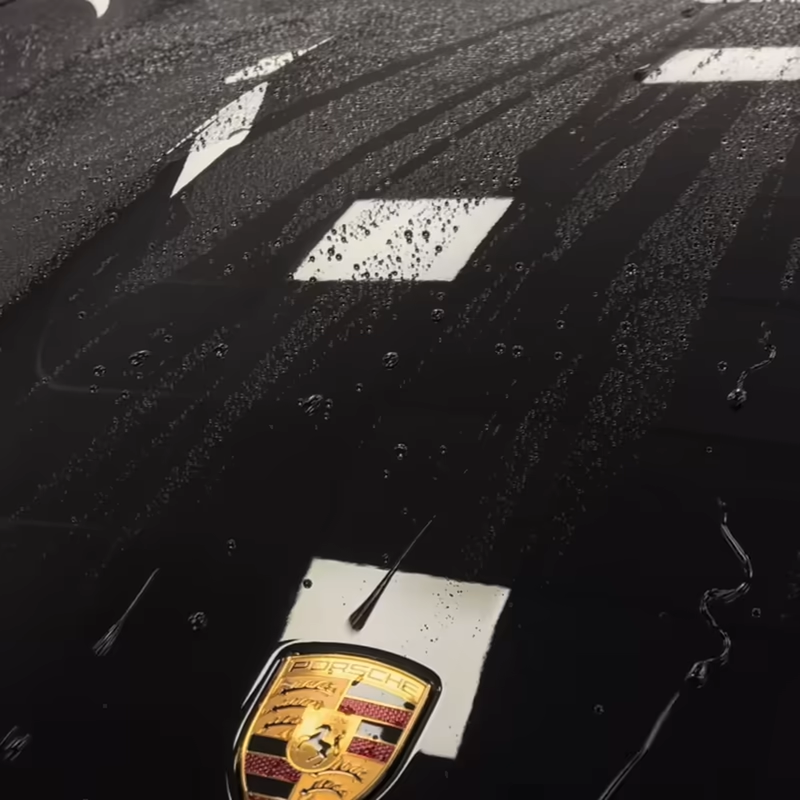
Apart from the visual appearance, the two types of finishes perform identically. Both provide the same level of protection.
A glossy finish is typically used on cars that already have a shiny paint job—often brand-new vehicles—where the owner wants to preserve the flawless look of the original paint. The same logic applies to new matte vehicles: in these cases, the original matte look is simply protected with our matte film.
A visual transformation is also possible—shiny cars can be made matte and vice versa—while maintaining the original color. You’re only altering the finish and final visual effect.
How Much Does a PPF Installation Service Cost?
In general, when it comes to PPF installations that change the vehicle’s original appearance, the cost tends to be higher compared to preserving the original finish and color. Why?
- Changing the paint’s finish or color means needing to hide film cuts as much as possible to avoid visible seams or color differences. This requires disassembling as many parts of the car as possible—license plates, handles, lights, etc.
- For this reason, the preparation phase is also critical. Otherwise, edges may lift and the film might not stick properly.
- Additionally, more material is used in these applications, and the raw film rolls are quite expensive.
- All the above factors significantly increase labor time.
- Lastly, matte film rolls are generally more expensive than glossy ones.
Therefore, if a full glossy-to-glossy PPF protection costs between €3000 and €4500, a full glossy-to-matte PPF installation might range from €3500 to €5000.
Conclusion: Car Paint Protection Films Are a Smart Investment
Paint Protection Films (PPF) are an excellent solution for those who want to preserve the original aesthetics of their vehicle, protect it from external damage, or—like in the case of the Porsche Spyder RS—completely transform its appearance while keeping the underlying paint intact.
Beyond their protective and practical benefits, these films also allow for elegant and reversible vehicle customization. Choosing between a glossy or matte finish is not just about looks—it also influences maintenance and visual impact.
Investing in a PPF installation, especially when done by experienced professionals, means enhancing the value of your vehicle both now and in the long term, by combining protection, personality, and performance.

